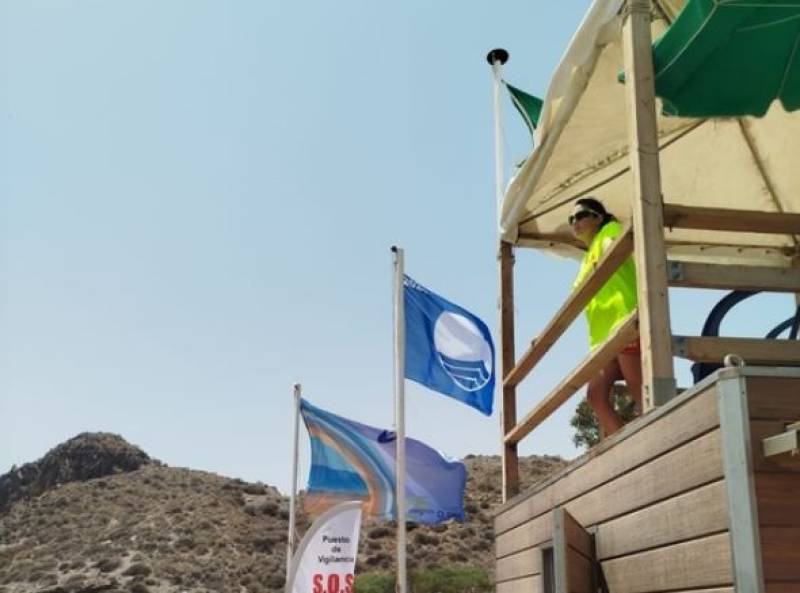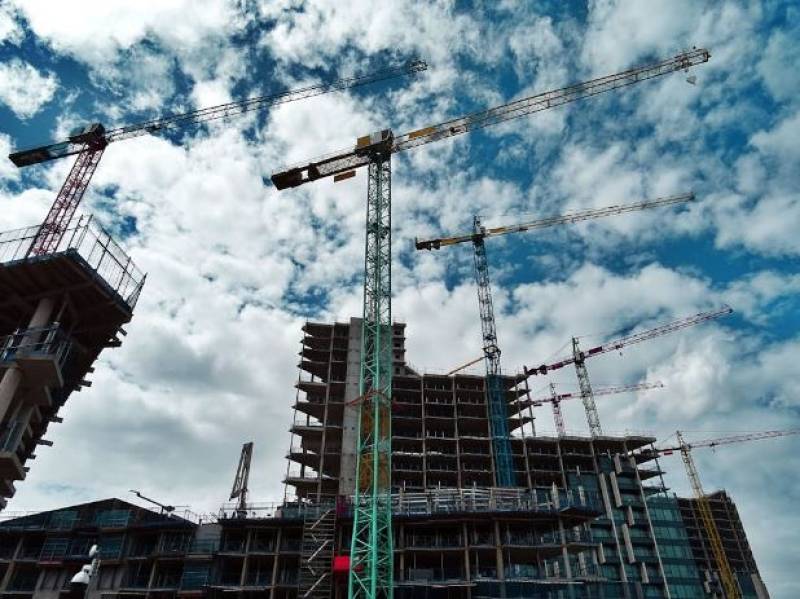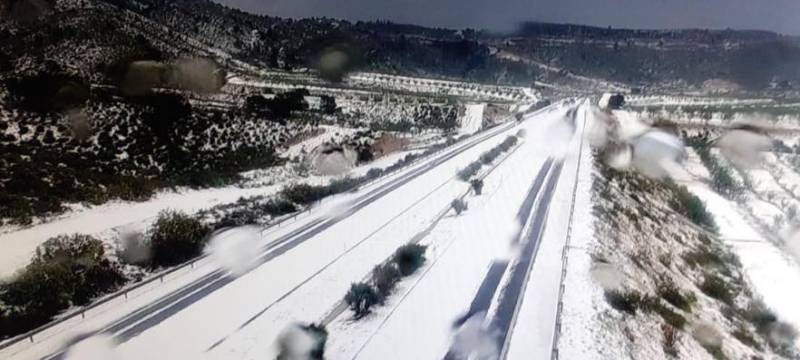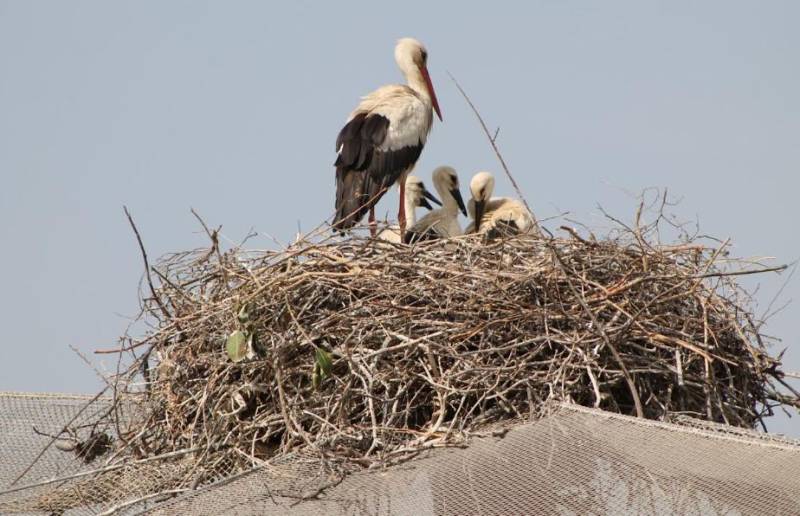

Guidelines for submitting articles to San Pedro del Pinatar Today
Hello, and thank you for choosing San Pedro del Pinatar.Today to publicise your organisation’s info or event.
San Pedro del Pinatar Today is a website set up by Murcia Today specifically for residents of the urbanisation in Southwest Murcia, providing news and information on what’s happening in the local area, which is the largest English-speaking expat area in the Region of Murcia.
When submitting text to be included on San Pedro del Pinatar Today, please abide by the following guidelines so we can upload your article as swiftly as possible:
Send an email to editor@spaintodayonline.com or contact@murciatoday.com
Attach the information in a Word Document or Google Doc
Include all relevant points, including:
Who is the organisation running the event?
Where is it happening?
When?
How much does it cost?
Is it necessary to book beforehand, or can people just show up on the day?
…but try not to exceed 300 words
Also attach a photo to illustrate your article, no more than 100kb

More revelations at the Roman villa excavation in El Alamillo
New remains of a 'caldarium' at the Alamillo thermal baths in Mazarrón come to light
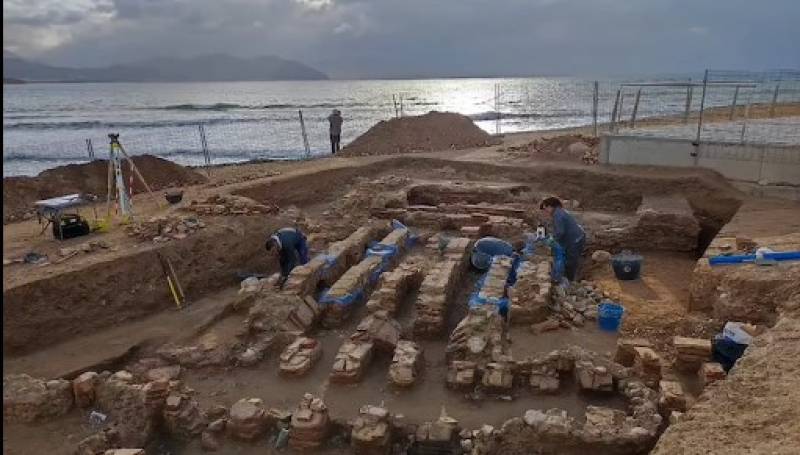 Work is progressing on consolidating the site of the Roman villa, which will become part of the El Alamillo seafront promenade.
Work is progressing on consolidating the site of the Roman villa, which will become part of the El Alamillo seafront promenade.
The ongoing work being carried out at the Roman villa of Alamillo (Puerto de Mazarrón) is reaching its halfway point and revelations continue. A month after the work restarted, more remains of the early imperial period baths found a year ago have come to light.
The latest discovery is a ‘Caldarium’, which is a warming room, possibly ceramic-tiled which would have operated using heat provided by natural hot springs at a temperature of 40-50°C. The mild radiant heat from the heated walls, benches and floor would warm the entire room. In addition, there would usually be several basins and bathtubs in which users could enjoy baths in the 40°C to 50°C warm water direct from the hot springs. To enhance the experience the use of essential oils and herbal mixtures such as lavender, eucalyptus or camomile were popular.
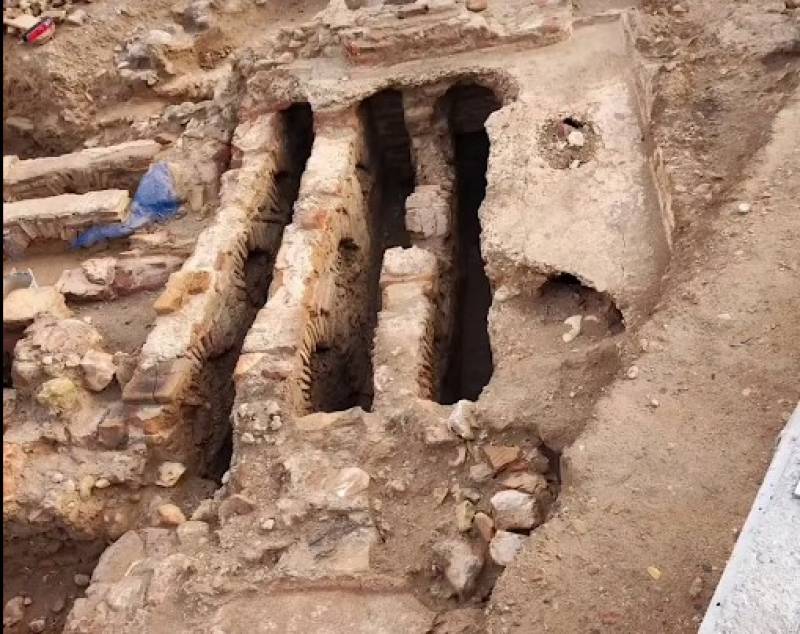 The latest find reinforces the importance that the site which dates from 2,000 years ago. The excavation has now been able to be extended to small areas of the site, located on the beach, while the restoration workers make progress in stabilising the structures discovered.
The latest find reinforces the importance that the site which dates from 2,000 years ago. The excavation has now been able to be extended to small areas of the site, located on the beach, while the restoration workers make progress in stabilising the structures discovered.
According to María del Carmen Martínez Mañogil, from the company CMM Arqueología, who together with Alfredo Porrúa direct the project, they have been able to document new elements of the caldarium, such as another bathtub and part of the pavement. A ‘tubuli’, one of the pipes that transported hot air from the hot springs, has also been located at the site.
The Roman villa of Alamillo (a recreational and industrial facility from the 1st and 2nd centuries AD) has been known about since the 1980s. The most recently discovered buildings were located in 2023 as a result of the archaeological work carried out before the commencement of the construction of the new promenade.
Once the excavation is finished the ruin will become an exhibition and form part of a recreational area integrated into the El Alamillo promenade.
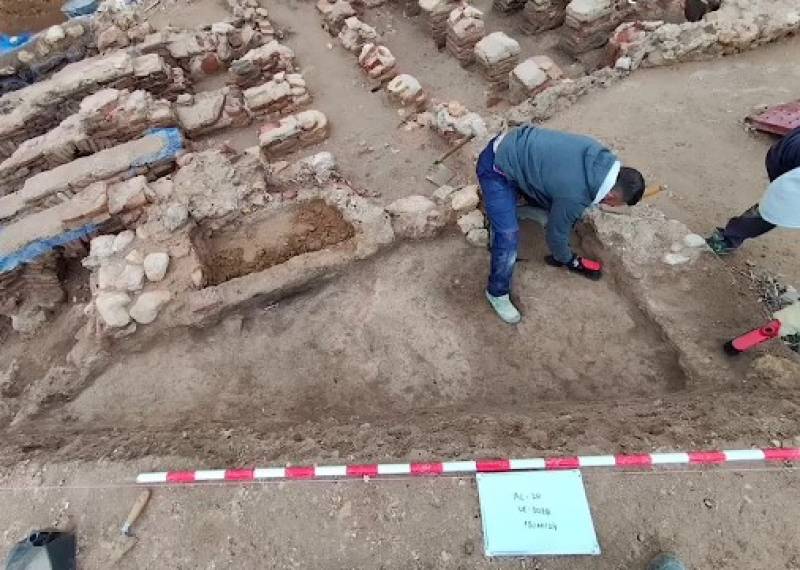 Archaeologists and restorers have another month of work ahead of them on the site, so it is not ruled out that other elements belonging to the site may be discovered. The work is being financed by the Spanish State Coastal Demarcation authority at a cost of 385,200 euros.
Archaeologists and restorers have another month of work ahead of them on the site, so it is not ruled out that other elements belonging to the site may be discovered. The work is being financed by the Spanish State Coastal Demarcation authority at a cost of 385,200 euros.
The research will continue after work at the site finishes in order to gain a deeper understanding of this heritage site. The results are pending from some samples taken from the site for study in the laboratory. Martínez Mañogil is trying to shed light on the uses that the villa had over time. She is considering the hypothesis that some of the structures, such as a pool, may have gone from being part of the estate's recreational facilities (possibly a fountain) to being re-purposed for the production of salted fish or as a kind of fish farm.
For more local news, events and other information go to the home page of Mazarrón Today
Images: CMM Arqueología












